Premium Only Content
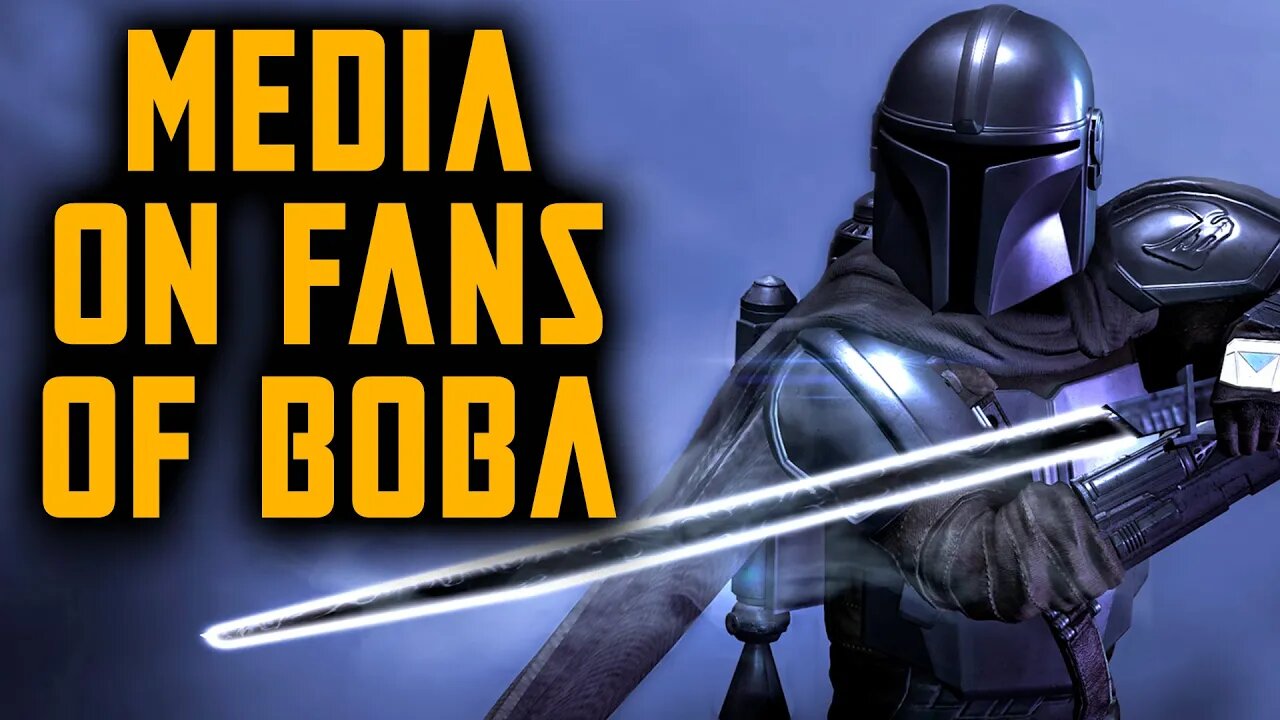
Star Wars Boba Fett Show Review - Resetting Fan Expectations?
Star Wars Boba Fett Show Review - Resetting Fan Expectations?
Throughout the first season of “The Book of Boba Fett,” it always felt like a matter of time before Pedro Pascal’s Mando from “The Mandalorian” sauntered back into the story. “Boba Fett” is, of course, a spin-off of “The Mandalorian.” Boba Fett (Temuera Morrison) and Fennec Shand (Ming-Na Wen) have fought alongside Mando. “Boba Fett” was even famously announced in a post-credits teaser at the end of the “Mandalorian” Season 2 finale.
Still, it’s surprising that Mando didn’t so much join “The Book of Boba Fett” as take over the show entirely, at least for one episode. Boba Fett is nowhere to be seen and Fennec only shows up in the final minutes.
Instead, the aptly titled “Return of the Mandalorian” is effectively an epilogue for Season 2 — or, really, a prologue for Season 3 — of “The Mandalorian,” catching us up with Mando’s exploits after he parted ways with Grogu. Mando re-joins the remnants of the Mandalorian covert from the planet Nevarro, the Children of the Watch, only to be cast out from it upon his confession that he has removed his helmet in the presence of others. Then Mando travels to Tatooine, where he reunites not with Boba Fett, but with Peli Motto (Amy Sedaris), who delivers Mando a new ship to replace the Razor Crest that was destroyed in Season 2.
If anything, “Return of the Mandalorian” — crisply written by creator and executive producer Jon Favreau and sharply directed by “Star Wars” regular Bryce Dallas Howard — reinforces the pervasive feeling that “The Book of Boba Fett” is less an epic tome and more like a dusty, spare interlude within a much, much larger saga. After four, often lackadaisical episodes focusing entirely on Boba Fett’s exploits on Tatooine, this week’s episode broadens the scope of the show well beyond its title character’s ambitions. Yes, Fennec recruits Mando to help with Boba Fett’s power struggle with the Pyke Syndicate, but this episode makes plain just how small that struggle feels within the grand story at play here.
One example: Mando finds the Armorer within the recesses of a gargantuan ringed city spinning in open space. Structures like this have been a science-fiction mainstay for decades, but nothing like it has ever shown up within the “Star Wars” franchise — unlike Tatooine, the desert setting for “The Book of Boba Fett” that is almost too familiar to “Star Wars” fans.
Here are three more ways this episode sets its sights beyond “The Book of Boba Fett.”
Within the first four minutes of the episode, Mando unsheathes the Darksaber, the iconic blade he won from Moff Gideon in the Season 2 finale. But instead of wielding it with the consummate skill we’re used to, Mando struggles so much with the Darksaber that he wounds himself with it, slicing off a sizable sliver of his upper thigh. Later, he tells the Armorer (Emily Swallow) that the Darksaber grows heavier with every blow. Her explanation: He’s fighting the blade instead of his opponent, because his mind is too scattered — which is to say, Mando misses Grogu something fierce.
The Armorer also confirms the underlying myth behind the blade revealed by Moff Gideon in Season 2: Whomever wins it in combat can claim to rule the planet of Mandalore. The Armorer further complicates the story, however: The Darksaber was forged over 1,000 years ago, and if someone “undeserving” wields it without having won it first, it will become a “curse” and Mandalore “will be laid to waste.”
As “Star Wars” experts know, that’s pretty much what happened. After Bo-Katan Kryze (Katee Sackhoff) was given the Darksaber instead of winning it, then using it to claim rule over Mandalore — events that unfolded in the animated series “Star Wars Rebels” — the Empire then carpet bombed the whole planet, killing millions, in the Great Purge.
None of this matters a whit to Boba Fett or his beef with the Pykes, but all of it — Mando’s mastery of the Darksaber, the history of Mandalore, Bo-Katan’s ambitions — matter a great deal to the ongoing saga of “The Mandalorian.”
One of the most fascinating developments of the past six years has been the rehabilitation of the “Star Wars” prequel trilogy within the larger fandom. Derided and reviled when they first premiered (to enormous, unequivocal box office success, by the way), the prequels have arguably become as meaningful — and narratively vital — to the “Star Wars” canon as the original trilogy.
-
 1:21:38
1:21:38
VapinGamers
3 hours ago $1.21 earnedTools of the Trade - EP04 Of Thumbnails and Titles, What's Important? - !rumbot !music
15.9K -
![Mr & Mrs X - [DS] Trafficking Empire – How Epstein Built His Web of Wealth and Deceit:Part 1 - Ep 5](https://1a-1791.com/video/fww1/f0/s8/1/o/k/J/d/okJdz.0kob-small-Mr-and-Mrs-X-DS-Trafficking.jpg) 52:11
52:11
X22 Report
5 hours agoMr & Mrs X - [DS] Trafficking Empire – How Epstein Built His Web of Wealth and Deceit:Part 1 - Ep 5
79.3K22 -
 1:13:18
1:13:18
Wendy Bell Radio
9 hours agoPet Talk With The Pet Doc
50.8K68 -
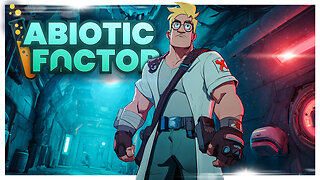 5:54:39
5:54:39
dieseldesigns
7 hours agoExploring Labs In the DARK! // Abiotic factor
9.16K -
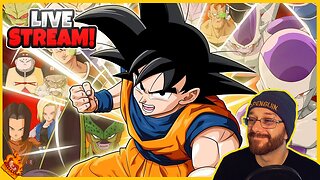 LIVE
LIVE
BBQPenguin_
6 hours agoDragonball Z - The Android Saga
84 watching -
 LIVE
LIVE
Total Horse Channel
6 hours ago2025 URCHA Futurity | Derby & Horse Show | Saturday
26 watching -
 LIVE
LIVE
DynastyXL
6 hours ago🔴LIVE: Fortnite The Comeback Stream Starts Here🎃
35 watching -
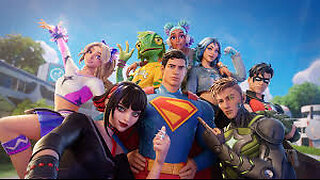 1:38:57
1:38:57
njgaming23
4 hours agoCoffee and Morning vibes #rumbletakeover
11K -
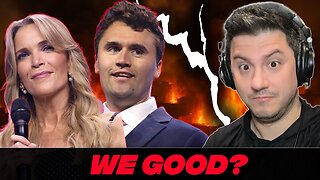 1:09:19
1:09:19
Ami's House
2 days ago $18.45 earnedWhen Defending Israel Backfires: Are We Pushing Our Last Friends Away? With Karys Rhea
183K196 -
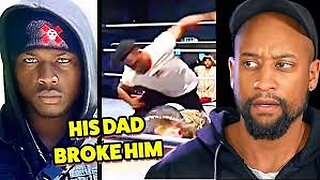 8:13
8:13
WhaddoYouMeme
22 hours ago $1.69 earnedThis Gets More Tragic By The Second
14.3K10